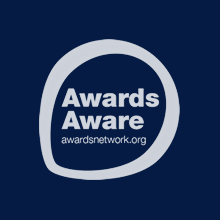Acromioclavicular disorders- Considerations relating to diagnosis
Link to NICE CKS 2017 definitions and diagnostic considerations here;
https://cks.nice.org.uk/shoulder-pain#!backgroundsub
Link to NICE CKS 2017 osteoarthritis here;
https://cks.nice.org.uk/osteoarthritis#!scenario
Acomioclavicular osteoarthritis
Acromioclavicular joint injury
Key points from the above documents (not exhaustive)
- ACJ osteoarthritis is more common than GHJ OA, but is often asymptomatic
- Usually in people >60
- Localised tenderness over the ACJ, typically made worse by raising the arm and arm across body movements
- ACJ injuries most common in men aged 20-50, usually resulting from a fall onto the point of the shoulder during sporting activity
- Numerous classifications including- grade grade I- intact joint with minor tear of ACJ ligaments, grade II- upto 50% vertical subluxation of the clavicle with complete rupture of the acromioclavicular and stretching of the coracoclavicular ligaments, Grade III- more than 50% vertical subluxation of the clavicle with complete rupture of the acromioclavicular and the coracoclavicular ligaments
- May be localised ACJ tenderness, limited range of movement due to pain, high arc pain, positive cross arm test, asymmetry of the shoulder contour
M.A. & P.A. 13-03-23













